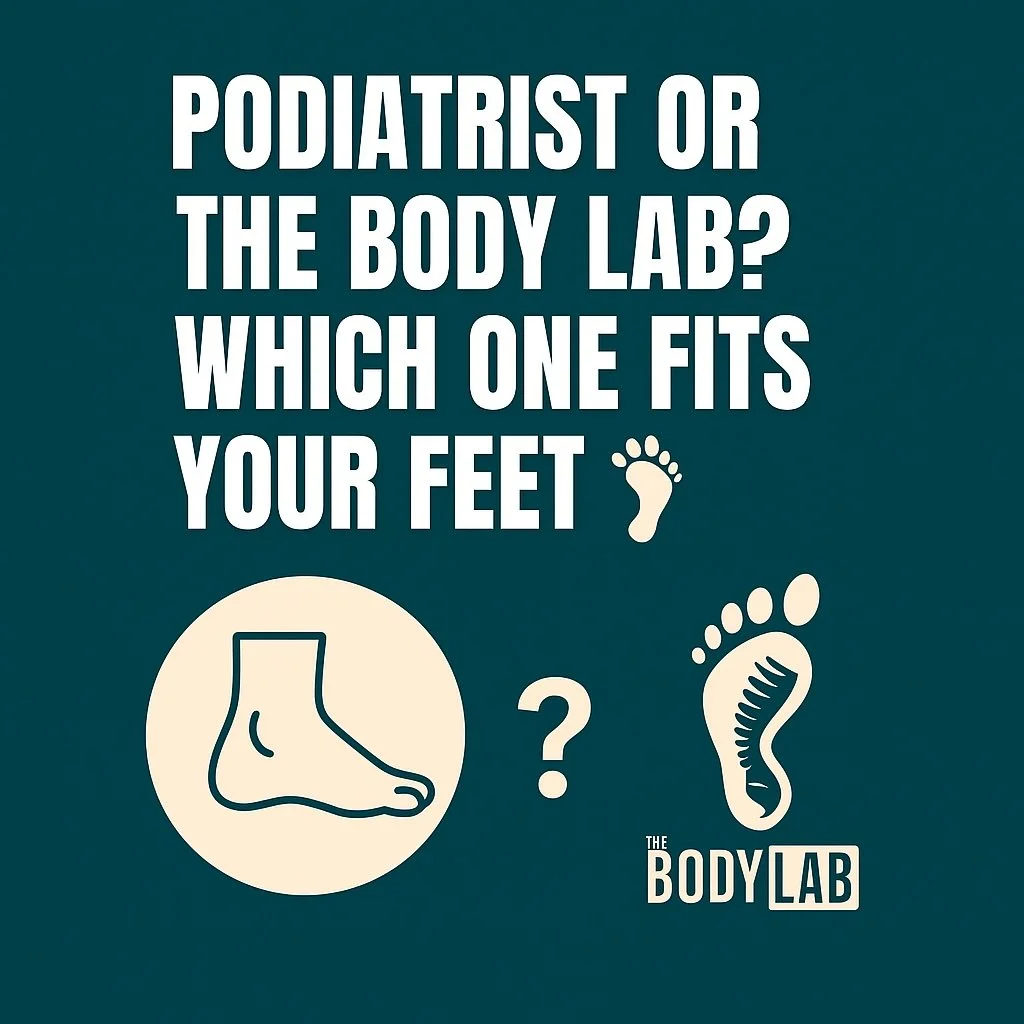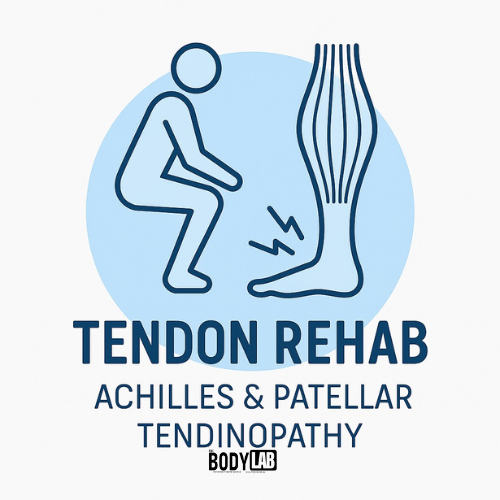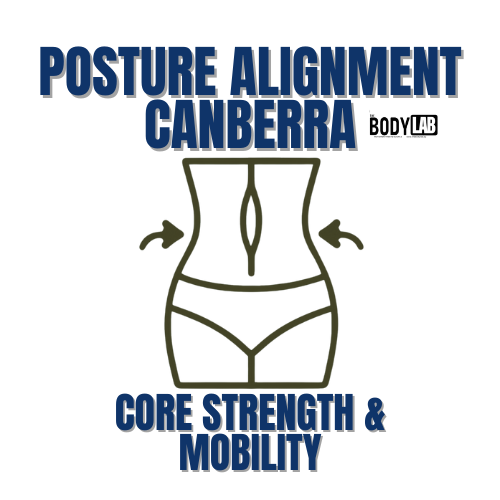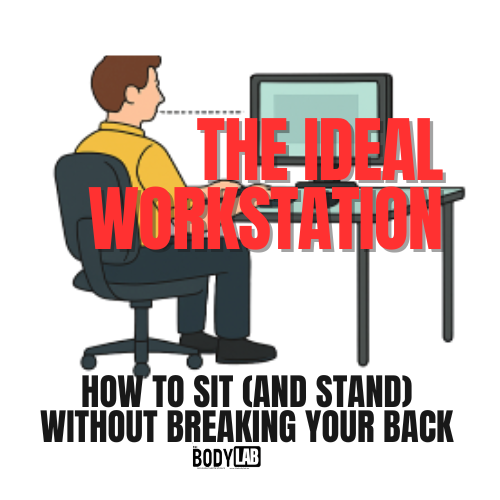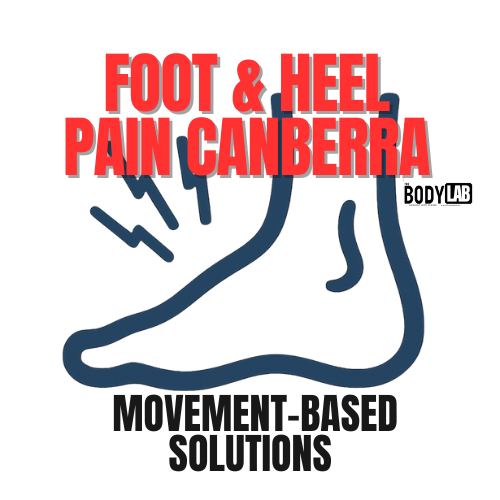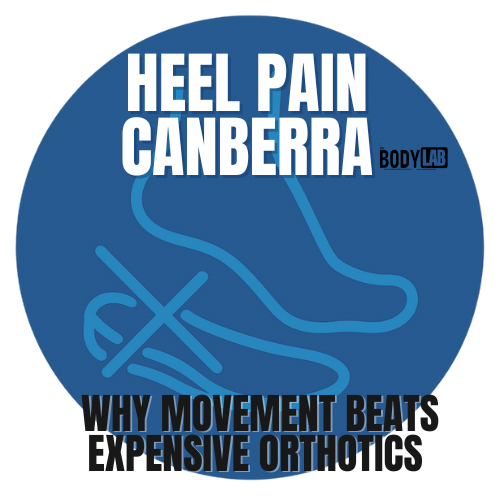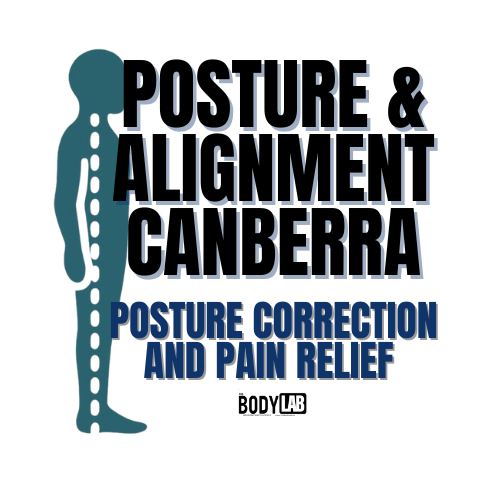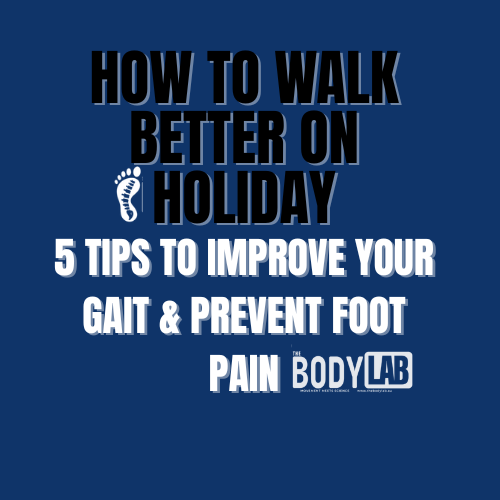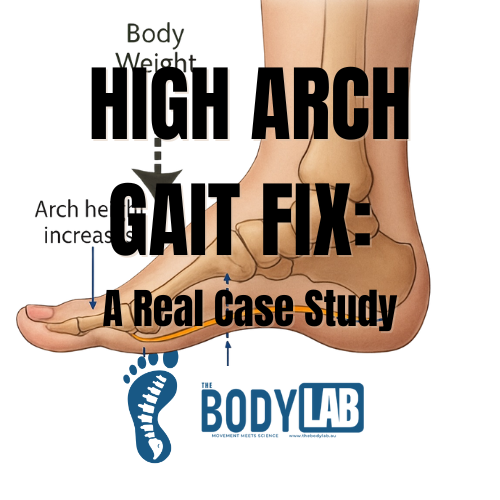The Foundation of Movement – Understanding how you walk
The Foundation of Movement – The Body Lab
When people come to see me at The Body Lab, they often think the problem is in just one spot — maybe their foot hurts, or they have a sore knee or a stiff back. But the truth is, our body works as a team. If one part isn’t doing its job well, the others have to work harder to keep us moving. That’s why I look at how everything moves together, especially when you're walking.
Think of your body like a chain of gears. If one gear is stuck or rusty, it affects the whole system. That’s what I look for — how each joint and muscle moves as you walk. The walking cycle has two big parts: when your foot hits the ground (I call this the loading or “stance" phase), and when your foot pushes off the ground (the “toe-off" phase). If one of these parts isn’t working properly, your body has to find another way to move, which often leads to pain or injury.
Most of the time, people don’t notice these issues right away. They start off small. Maybe your foot rolls too far in or doesn’t roll in enough. Maybe your hips don’t shift properly, or your spine twists too much on one side. But over time, these small things add up. Your body adapts in ways that are helpful in the short term but can cause bigger issues down the track.
What Does the Walking Model Mean?
At The Body Lab, I use something I call the Walking Model. That’s just a fancy way of saying I watch how your whole body flows from one movement to the next, especially when walking. I look at how your foot, ankle, knee, hip, spine, ribs, shoulders, and head all move — and whether they’re moving in the right order and direction.
This isn’t about trying to make your movement look perfect. It’s about understanding how your unique body moves and what might be causing stress or pain. When you walk, each part of your body has a job to do — and they all need to play their part at the right time. If they don’t, it’s like a sports team where one player is slacking off, and everyone else has to work harder to make up for it.
What the Research Says
Scientists and therapists around the world agree — issues in the foot often lead to problems in the knee, hip, and even your spine [1,2,3]. For example, if your foot can’t pronate properly (that’s the part where it flattens a bit to absorb shock), then your knee might twist awkwardly, or your hip might lock up. Over time, this changes the way you move and puts extra pressure on your joints and muscles.
Research also shows that walking is one of the best ways to check for movement problems. Gait analysis — looking at how someone walks — can help find hidden problems that might not show up in a basic exam [2]. That’s why walking is the first thing I check.
A Real Case Study: Sarah’s Sore Back
Let me tell you about Sarah (name changed for privacy), a 42-year-old teacher who came to see me with chronic low back pain. She’d been to physios, chiropractors, and even tried Pilates. Nothing seemed to help for long.
When she came in, I watched her walk. I noticed she wasn’t rolling through her feet properly. Her left foot didn’t pronate — it stayed stiff and high-arched. This made her knee and hip move differently, and her spine had to twist more to make up for it. Over time, this extra twist in her lower back had caused tension, fatigue, and eventually pain.
We didn’t start with her back. We started with her feet. I taught her how to gently load and roll through that left foot again. We added some easy movements to get her hips and spine moving together more smoothly.
After a few sessions and some practice at home, Sarah’s back pain started to ease. She could stand longer without discomfort, and she felt more balanced when walking. It wasn’t magic — it was simply helping her body move the way it was designed to.
How I Can Help You
When I work with someone, I always start by listening to their story. I want to know what’s been going on in your body, how long it’s been bothering you, and what you’ve tried before. Then I watch how you move. We might do some simple walking, standing, or balance tests — nothing fancy, but very effective.
From there, I design a program just for you. It might include foot mobility work, spine stretches, or strength training. It always includes education — so you understand what’s happening in your body and how to fix it.
Walking is one of the most natural things we do. But for a lot of people, it doesn’t feel natural anymore. My job is to help you walk, move, and feel better — not just in your feet, but through your whole body.
Don’t just focus on the sore spot — let’s look at how your whole body moves and fix the real problem. When your body moves well, everything feels better.
References:Pohl MB, Hamill J, Davis IS. Biomechanical and anatomic factors associated with a history of plantar fasciitis in female runners. Clin J Sport Med. 2009;19(5):372–6.Schneiders AG, et al. Functional movement screen normative values in a young, active population. Int J Sports Phys Ther. 2011;6(2):75–82.Levinger P, Gilleard W. An investigation of the relationship between foot posture and lower limb kinematics during walking. Gait Posture. 2007;25(3):318–24.
Struggling with foot pain in Canberra? Learn when arch support actually helps, when it doesn’t, and why foot function matters more than arch shape.
Back pain is ridiculously common in Canberra — but that doesn’t mean you should put up with it. In this guide, we break down the real causes of back pain, when you actually need a scan, who to see, and why movement (not bed rest) is your secret weapon. Clear, evidence-based, and written with zero fear-mongering — just the facts, a little sass, and practical steps to start feeling better today.
“Neutral spine” isn’t stiff posture — it’s your spine’s stress-free, pain-free position. This blog explains what it is, how to find yours, and why it changes everything from walking to lifting. With clear demos, simple cues, and a link to our Core Reset: Spinal Mobility Program, you’ll learn how to move better, breathe better, and feel better.
Can you really fix years of bad posture? Yes — absolutely. Your body is adaptable at any age, and with the right movement strategy, strengthening, mobility work and expert posture assessment, long-term improvements are not only possible but surprisingly achievable. Learn how to correct rounded shoulders, forward head posture, pelvic tilt and spine stiffness, and why clients across Canberra come to The Body Lab for posture and movement therapy.
Ever wondered what actually happens during a cranial-sacral therapy session? At The Body Lab Canberra, we combine gentle CST with nerve releases and acupuncture — a unique approach you won’t find anywhere else in Canberra. Discover what a session feels like, how it helps headaches, TMJ, anxiety, concussion recovery and that “not quite right” feeling your body hasn’t been able to explain.
Induction rates in Canberra are higher than ever — but that doesn’t mean you’re out of options. This guide explores why births are being induced more often, what it means for your labour, and how acupuncture can naturally support cervical ripening, reduce stress, and help your body prepare for birth on its own timeline.
Tired of shin splints ruining your game? Discover the real causes behind shin pain and how The Body Lab helps footy, soccer, and league players move better and recover faster.
Every step you take depends on a brilliant piece of foot engineering called the Windlass Mechanism. This dynamic system—driven by your plantar fascia and big toe—lets your arch lift, your heel rise, and your body move efficiently. In this deep dive, Riccardo from The Body Lab Canberra explains how it works, what happens when it fails, and how to restore effortless motion through smarter foot mobility exercises and biomechanical insight.
Posture correction in Canberra doesn’t mean endless stretching or nagging to “sit up straight.” The Body Lab offers a biomechanics-based, movement-first approach that treats the root cause of neck and back pain through assessment, manual therapy, and posture retraining.
If bunion pain is limiting your movement, The Body Lab Canberra offers a smarter solution. Instead of relying on orthotics or surgery, Riccardo Galeotti uses biomechanics, gait retraining, and hands-on therapy to help you move freely again — from the ground up.
Podiatrist or The Body Lab Canberra? Learn how Riccardo Galeotti treats foot pain and plantar fasciitis through biomechanics and movement — not just needles or orthotics.
Knee pain isn’t just a knee problem. At The Body Lab Canberra, Riccardo Galeotti uses biomechanics, gait analysis, and tailored movement therapy to restore pain-free motion.
Curious if The Body Lab’s biomechanics workshops are right for you? Whether you’re a health professional looking to deepen your understanding of functional movement, or simply someone who wants to learn how their body really works, these hands-on workshops offer a unique approach to biomechanics — blending science, movement, and practical application from the ground up.
Protein isn’t just about muscle — it’s the chemistry behind movement, mood, and recovery.
At The Body Lab Canberra, we explore how amino acids like tryptophan, tyrosine, and glutamine fuel your brain, support your nervous system, and rebuild your body from the inside out. Learn the science, discover the best food sources, and see how protein underpins everything from stress recovery to smooth, coordinated movement.
Bunions aren’t just bumps. At The Body Lab Canberra, we treat the real cause — poor movement. Learn how exercise therapy and biomechanics can restore your feet naturally.
At The Body Lab, every treatment begins by calming your nervous system — because movement starts with safety. Through gentle nerve releases and neural mobilisation, we help your body shift from tension to flow, restoring fluid motion and connection. Discover how science backs the idea that “motion is lotion for your nerves” and why our Foundational Movement, Advanced Biomechanical, and Movement & Longevity Roadmap sessions all start with one goal: helping your nerves feel safe to move again.
Physio or The Body Lab? Compare Canberra’s movement options. Learn when to see a physiotherapist for acute injuries or Riccardo Galeotti for chronic pain and complex movement issues.
Did you know exercise changes your brain chemistry? A Tasmanian study has found that vigorous activity lowers levels of GFAP, a protein linked to dementia risk. This means that running, swimming, or any activity that gets you puffing could help keep your brain younger for longer.
Tendons love load—but only in the right amount. This guide explains how exercise prescription based on tendon strain can improve Achilles and patellar tendinopathy, with practical exercises, timelines, and tips for older adults in Canberra.
Discover how posture alignment in Canberra can be restored through mobility and core strength. Learn the latest research on diastasis recti, why mobility comes first, and how The Body Lab’s programs help you move better, reduce pain, and build lasting stability.
Ever feel like your desk is plotting against you? Poor workstation setups cause back pain, stiff necks, and endless discomfort. The fix? A few smart tweaks to your chair, desk, and daily habits. This guide breaks down the ideal ergonomic workstation setup—from sitting and standing desk posture to office chair ergonomics and healthy work habits. Plus, discover how our Canberra ergonomic workshops can help you fine-tune your setup and work without the aches.
If your first steps in the morning feel like walking on Lego or your arches ache after a day on your feet, we can help. At The Body Lab, we treat heel pain and foot problems with a movement-first approach that calms irritation, restores strength, and retrains how your feet move. Backed by current research—and taught by us to therapists nationwide—our programs build resilient, pain-free feet without the endless cycle of expensive orthotics.
Heel Pain Canberra: Why Movement Beats Expensive Orthotics
If your first steps in the morning feel like walking on Lego, you’re not alone. At The Body Lab, we treat heel pain with a movement-first approach that calms irritation, restores load tolerance, and keeps you off the endless orthotics treadmill. Backed by the latest research—and taught by us to therapists across Australia—our plan builds resilient feet that move better, not weaker.
Struggling with neck tension, back pain, or feeling like a human question mark? At The Body Lab Canberra, we specialise in posture and alignment. Discover how simple cues and evidence-based movement therapy can reset your stance, improve breathing, reduce pain, and keep you moving with ease.
Going on a walking holiday? Don’t let poor foot mechanics ruin your trip. Discover how to walk smarter (not harder) with these practical tips and a simple 4-week plan to get your feet travel-ready—no orthotics required.
A Sydney-based practitioner shares their experience at Riccardo’s Mastering Foot Mechanics workshop—an engaging, practical, and foot-nerdy day of learning that delivered real results with minimal reps.
Foot pain, poor balance, or stiff hips? It could be your arches. In this case study, we dive into Debbie’s journey from rigid feet and painful walking to feeling grounded and mobile—without relying on orthotics.
The Windlass Mechanism isn’t just a fancy term—it’s the foot’s built-in suspension system. This deep-dive explores the plantar fascia’s role during walking, how toe extension lifts the arch, and why failure of this mechanism leads to pain and dysfunction. We unpack passive, reverse, and active windlass mechanics and arm therapists with assessment and rehab strategies that work from the ground up—literally.
Swallowing isn’t just about food—it’s a full-body event. From the tongue and hyoid to ribcage and jaw, this blog explores how assessing your swallow can uncover muscular tension, postural compensation, and even help explain neck pain or restricted breathing. Perfect for manual therapists, movement pros, and curious humans alike, it’s time to stop ignoring your swallow and start assessing it.
Feeling stuffed up, foggy, or forever congested? This step-by-step sinus self-clearing guide gives you safe, science-backed techniques to reduce pressure, improve nasal breathing, and stop feeling like your head’s full of bricks. Includes pre-clearing tips with peppermint oil or Vicks, manual techniques for sinus release, and tips for long-term results—all from The Body Lab in Canberra.











